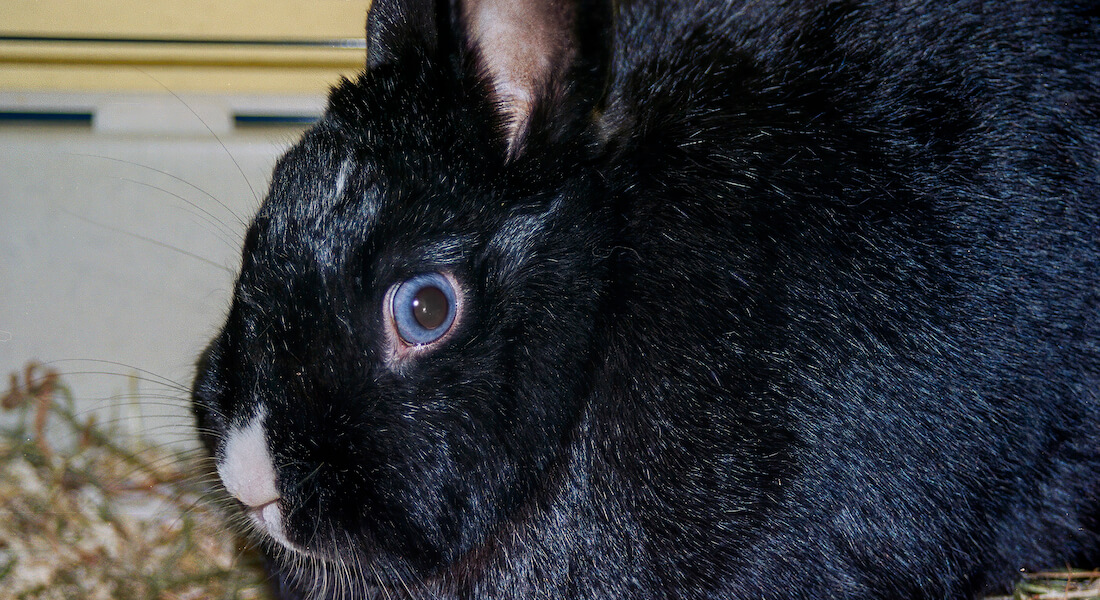Perceptions of the rabbit as a low investment ‘starter pet’ lead to negative impacts on its welfare

Full title: Perceptions of the rabbit as a low investment ‘starter pet’ lead to negative impacts on its welfare: Results of two Danish surveys
Skovlund, C.R., Forkman, B., Lund, T.B., Mistry, B.G., Nielsen, S.S., & Sandøe, P. (2023)
Animal Welfare. UFAW
Abstract
Concerns over compromised companion rabbit (Oryctolagus cuniculus domesticus) welfare are widespread. The welfare problems have been linked to the perception of rabbits as low investment ‘children’s pets.’ To test this hypothesis and investigate the current conditions for rabbits, data were gathered from two surveys in 2021: a nationally representative survey of Danish companion animal owners (Survey I) and a detailed social media-based survey of Danish rabbit owners (Survey II). Using logistic regression, three owner-related variables (whether a child/adult was responsible for care of the rabbit, owner-opinion on rabbits’suitability as ‘starter pets’ and willingness-to-pay [WTP] for veterinary treatment) were employed to investigate the effect of rabbit status on owner-provision of selected husbandry conditions. The 76 (Survey I) and 4,335 (Survey II) responses suggested that most rabbits are acquired for children and are solitarily housed, and that many are kept in cages of an unsuitable size and not checked daily. Owners who perceived rabbits as ‘starter pets’ and with lower WTP were more likely to house rabbits in restricted space and to not provide continuous gnawing opportunities, ad libitum hay or routine healthcare. A child fulfilling the role of the rabbit’s main caretaker was also associated with inadequate housing type and fewer gnawing opportunities. Thus, many rabbits live in unsuitable conditions, and owners who perceive rabbits as low investment ‘children’s pets’ are more likely to not provide recommended resources. Changing owners’ perceptions of rabbits and promoting suitable husbandry through official education programmes and minimum requirements is important if there are to be improvements made to rabbit welfare.
